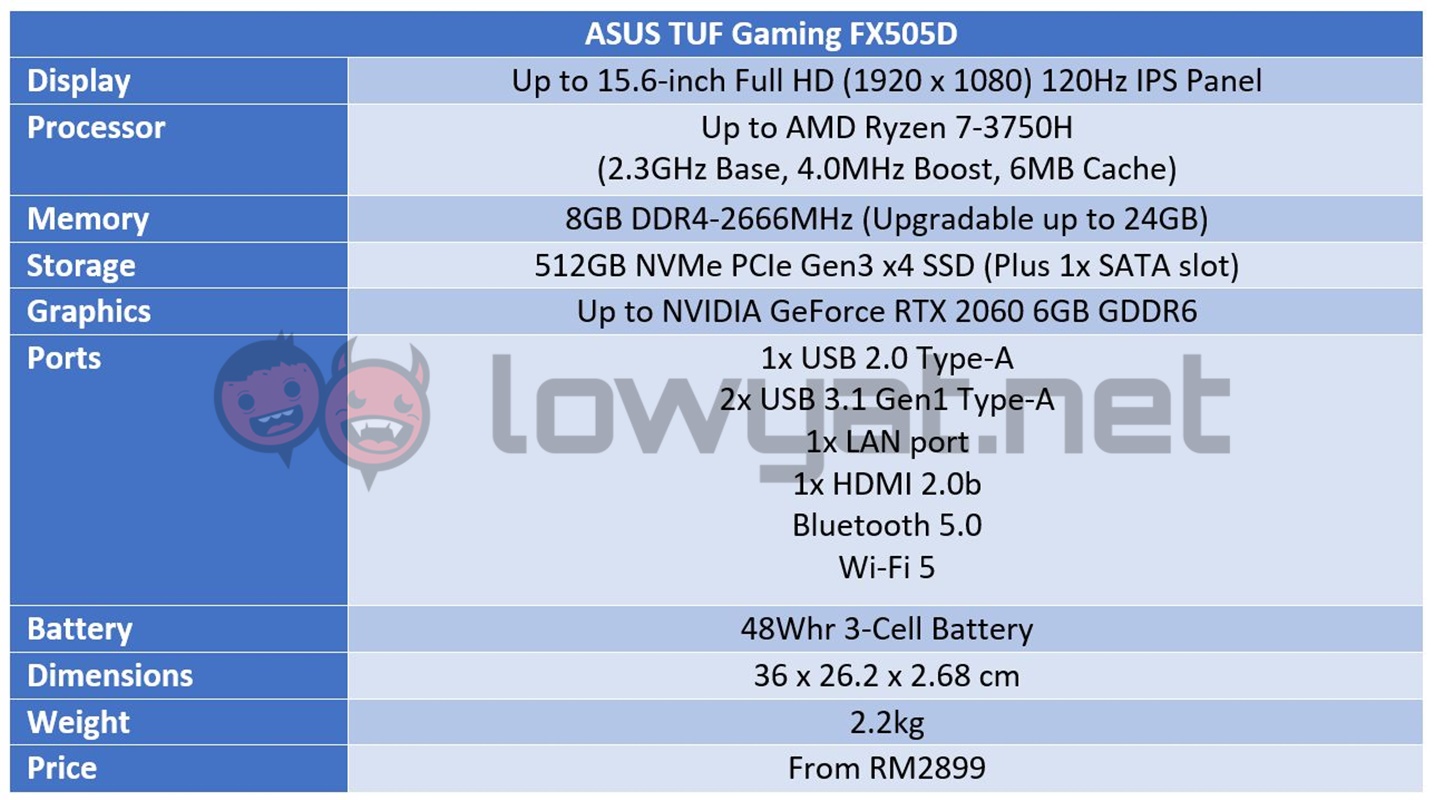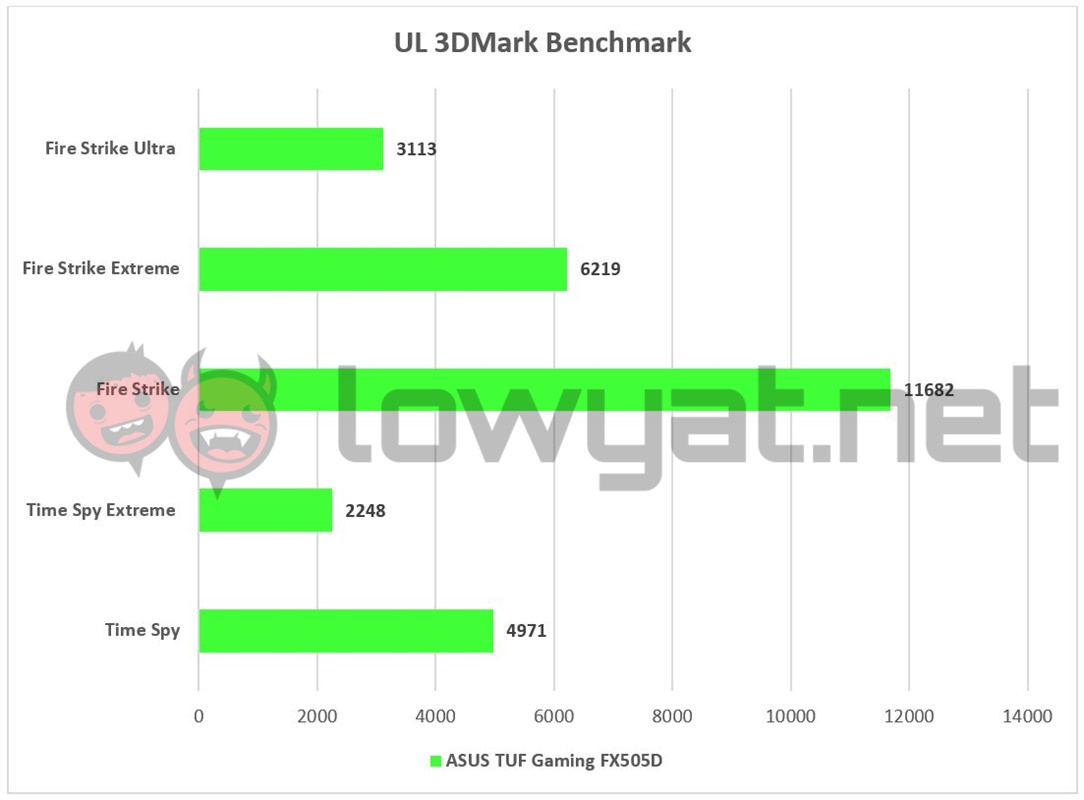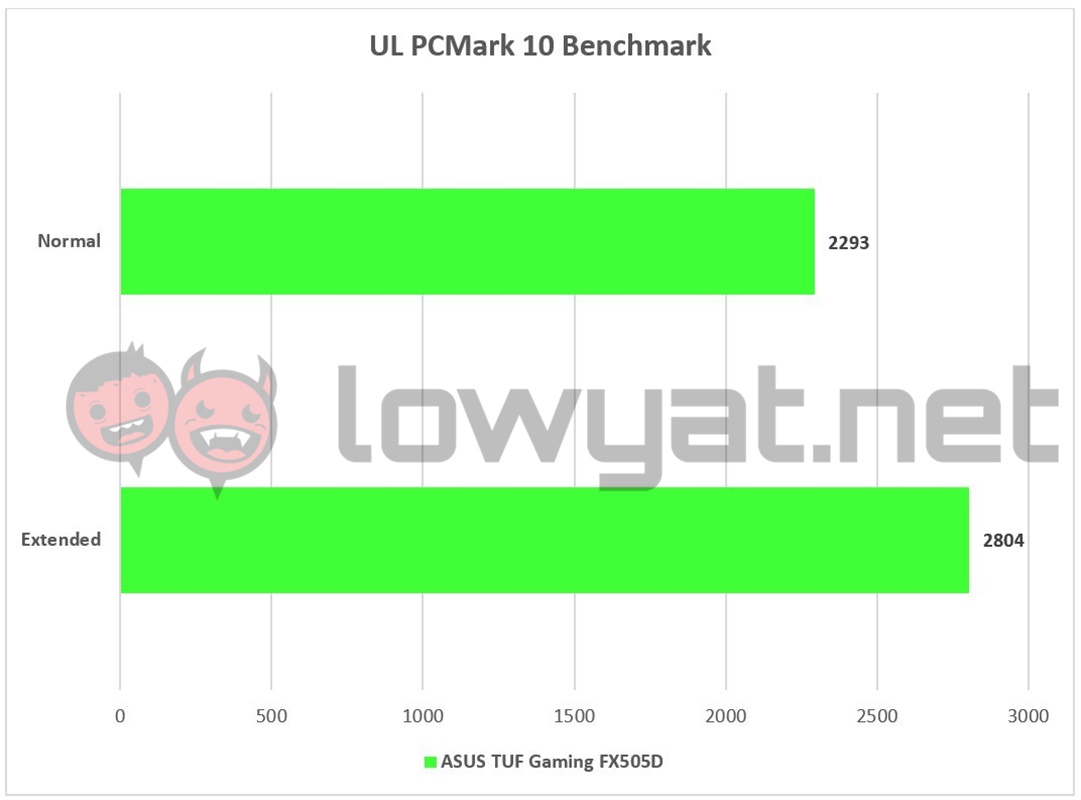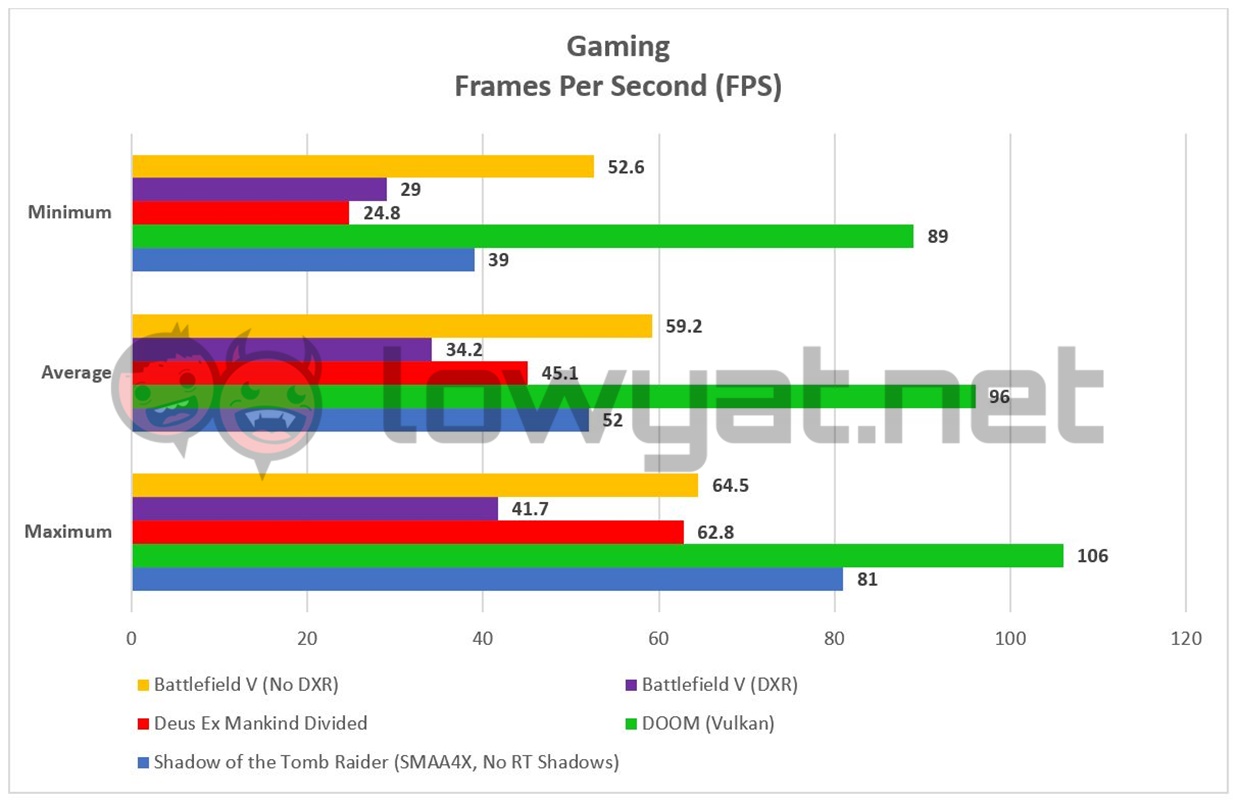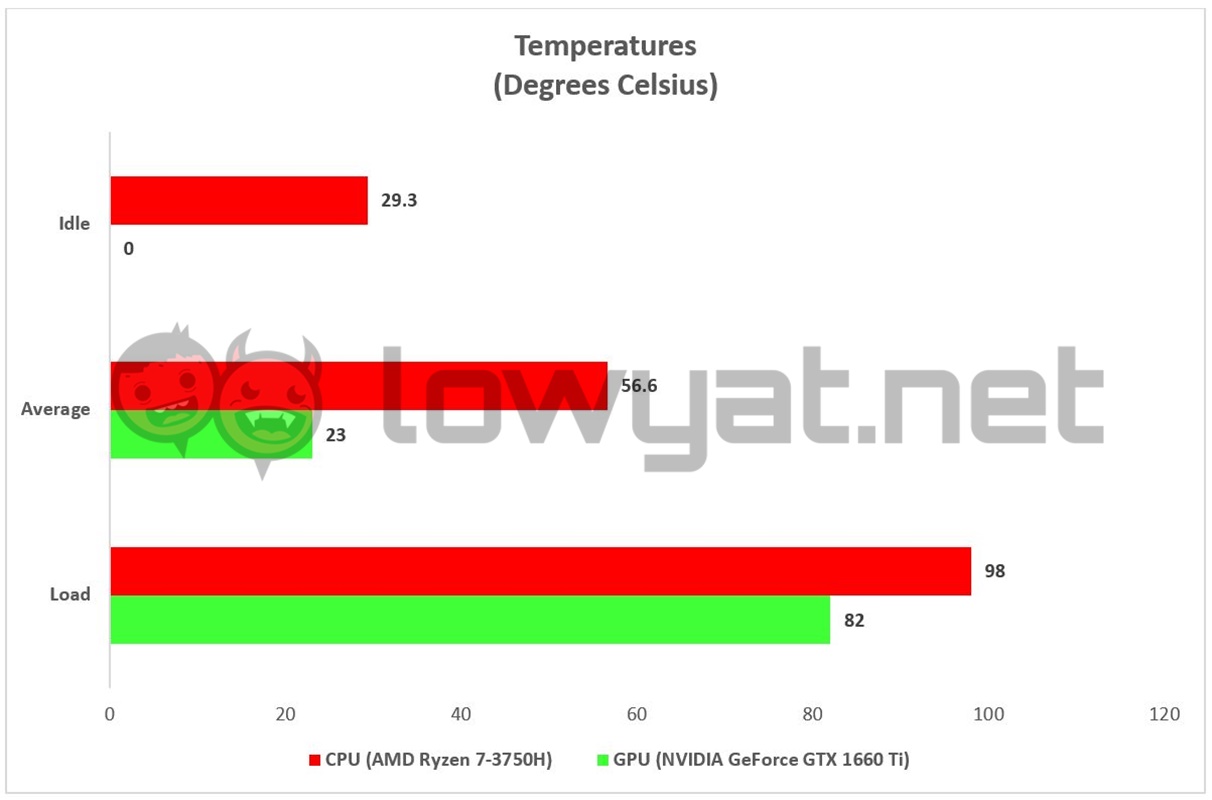Back in May, ASUS launched its TUF Gaming notebook series. Spearheading the sub-brand was the FX505D, one of its first gaming notebooks to feature an AMD Ryzen CPU and an NVIDIA GeForce discrete GPU under a single chassis.
Above all else, the FX505D is one of the few notebooks on the market that bears testament to one important point: you don’t need to spend a fortune to own gaming notebook.
Specifications
Design
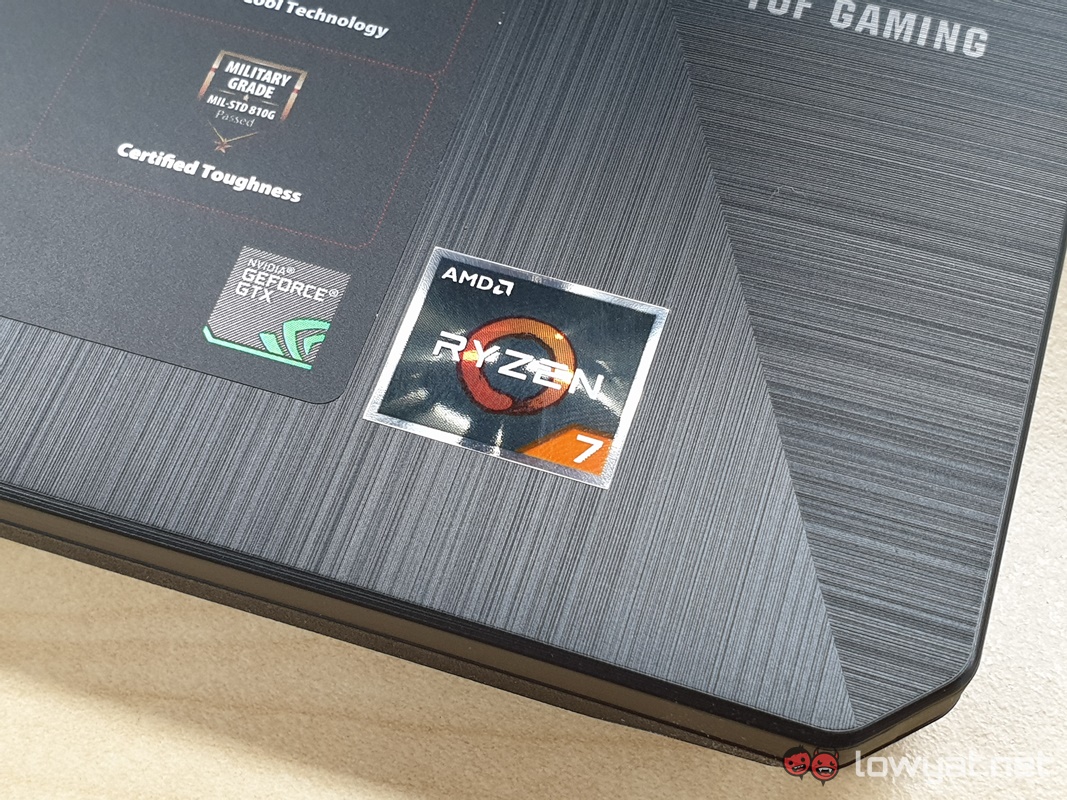
As I’ve already written at length about the FX505D in my earlier hands-on, I’ll spare you the pain of having to repeat myself on the matter and simply ask that you read the article to understand what the notebook physically offers.
That said, I will elaborate a little further about the FX505D’s overall build quality. One of ASUS’ pride points with the notebook is its build quality and durability; the brand often mentions – and at times, shows off – how it’s able to withstand the full brunt and weight of the average person.
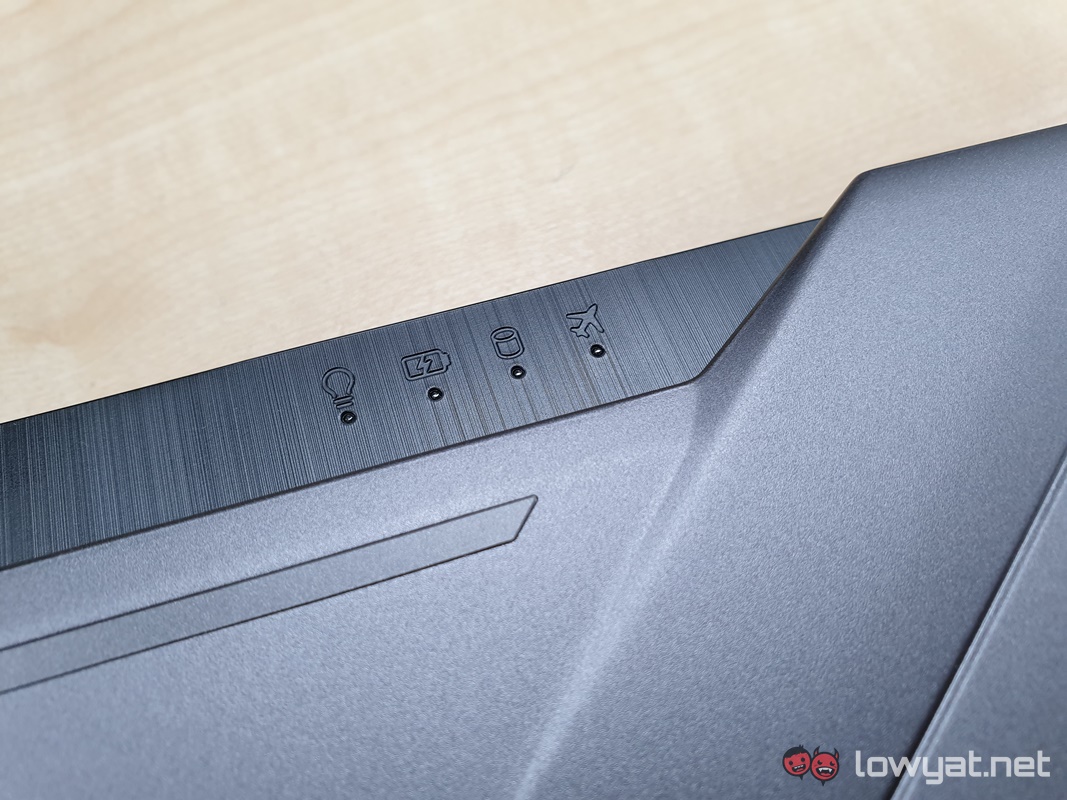
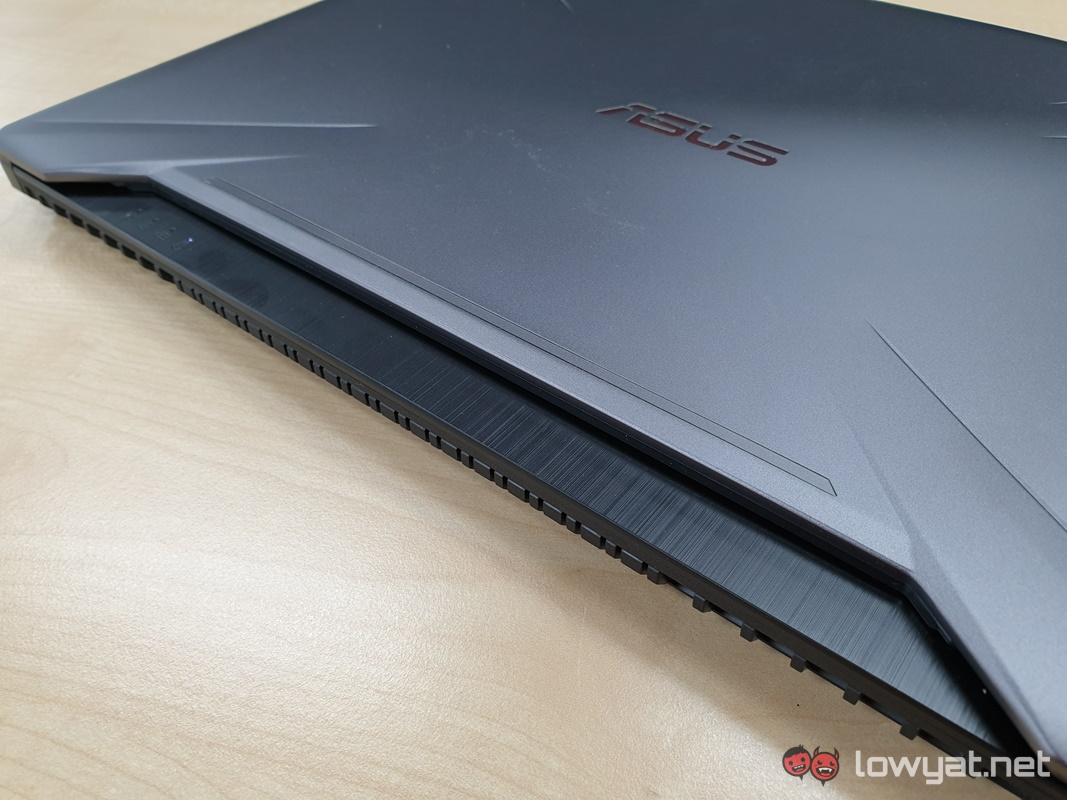
Unfortunately, that durability doesn’t seem to fully extend to the base of the FX505D. There is surprisingly a lot of flex, and while it isn’t as prominent unless you pay close attention, you can feel it bend with each keystroke.
Then there’s the FX505D’s display. The unit provided to me by ASUS houses a Full HD panel with a refresh rate of 120Hz, but the GPU in my unit is a GeForce GTX 1660 Ti. The display with that refresh rate is only available with the variant running with a GeForce RTX 2060.
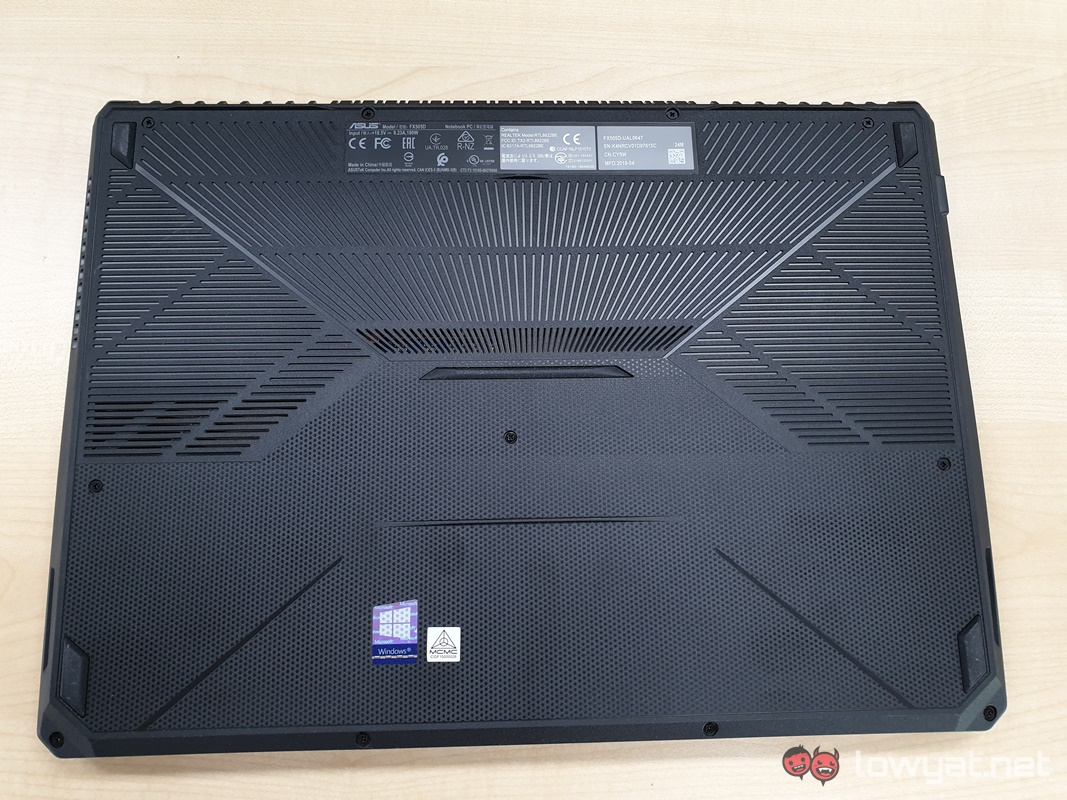
Like its counterpart, the FX505D isn’t big on I/O ports. They’re all relegated to the left side of the notebook, but on the bright side, they’re evenly spread out. On that note, my one sticking point with the notebook and its ports is the lack of an SD Card reader. I understand ASUS is marketing this as a sort of budget-friendly gaming notebook, but there’s a limit of just how many corners a company can cut.
User Experience
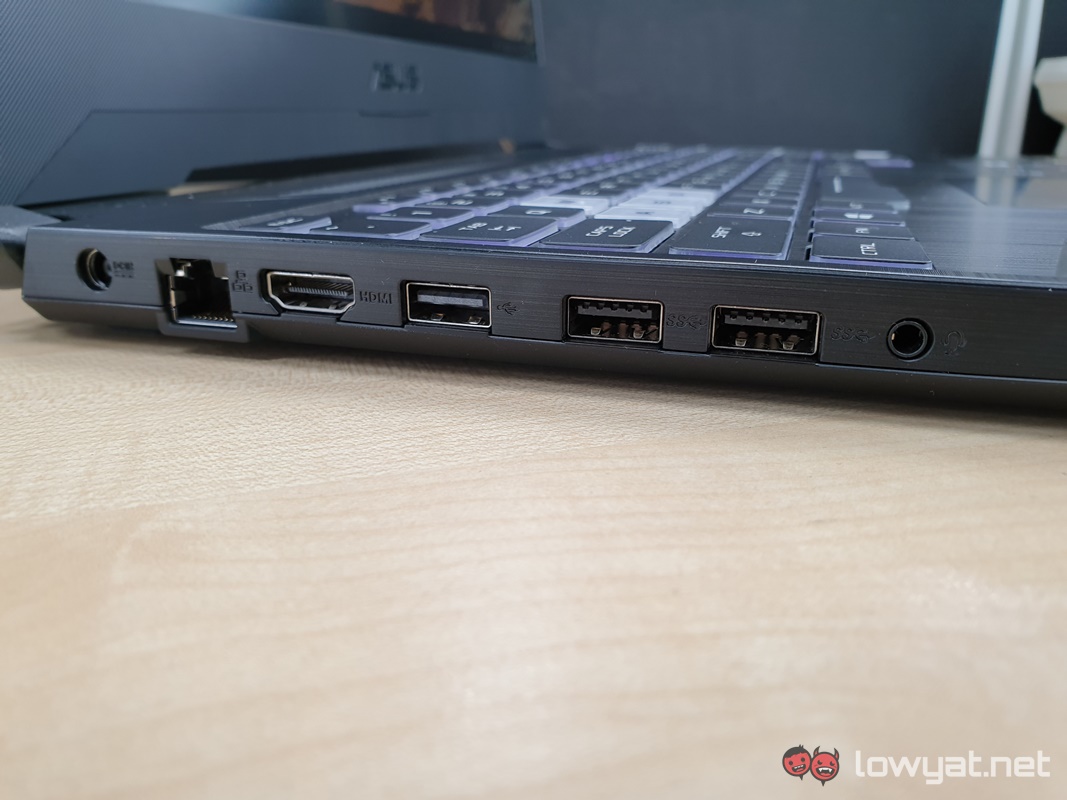
Using the FX505D as my daily driver is a pretty solid experience. It may weigh slightly more than 2kg, but I barely feel it whenever I carry it around.
Here’s the bottom line: the FX505D is by no means a slouch, and given the hardware underneath the hood, I expected nothing less. Bootup times are snappy, and the cooling fans do their jobs keeping the notebook’s temperature at a comfortable level. Even when running a full load.

But zippy as it is, the FX505D I tested is not without its own set of flaws. The first issue, and probably the biggest sticking point for me is this weird blackout that occurs with the notebook’s display for a full second. The good news is that it isn’t persistent and does not occur whenever I am on a game.
On a side note, I like that the FX505D retains the thin bezels for the display. I know it is becoming more common with notebooks in general, but it’s still a feature that really adds to the notebook’s value.
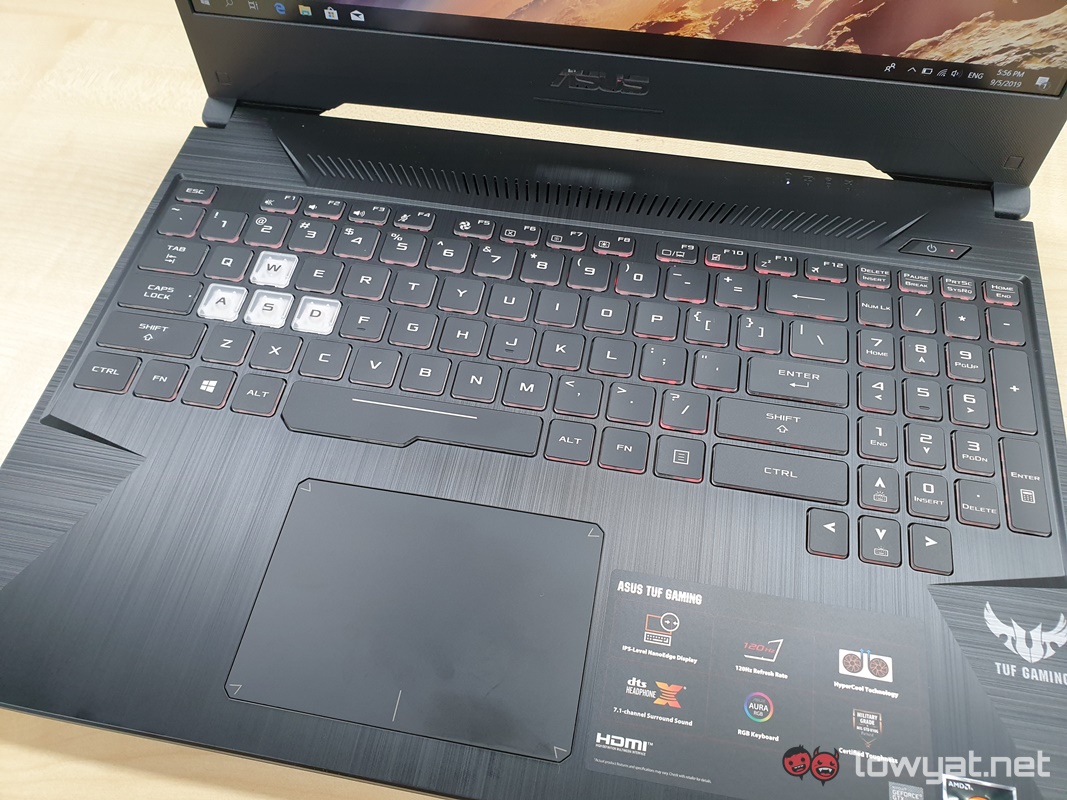
Another sticking point for me is the keyboard layout of the FX505D, specifically, the arrow keys at the bottom right. For the record, I applaud ASUS for managing to fit a full-size keyboard into the machine, as I’m one of the few individuals who actually utilises the numeric pad. On that note, I often find myself pressing the “Up” key with my little finger instead of the numbers “0” or “1” whenever necessary.
That said, the typing experience is a relatively comfortable one, albeit being comparatively squidgier and less mechanical than other notebook keyboards.
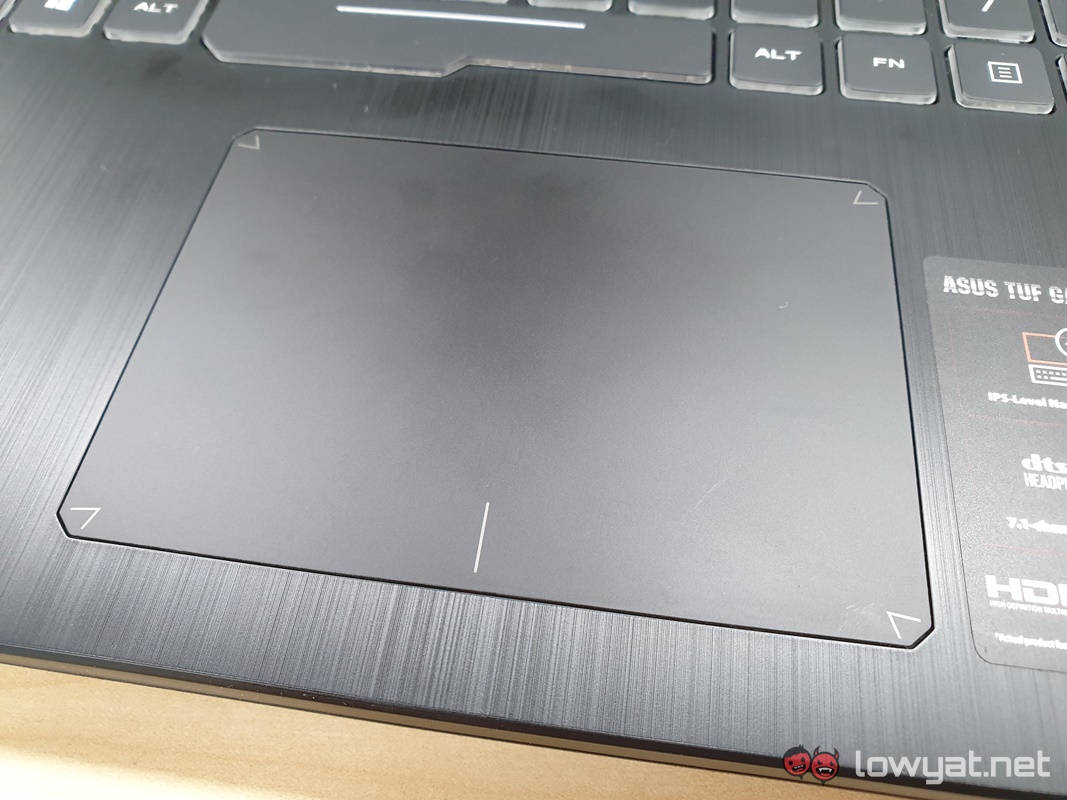
In regards to battery life, the FX505D has a surprising set of legs. On a single charge, it can achieve close to six hours of continuous use, including writing out documents, browsing websites, and watching the occasional YouTube or Netflix video when I decide to take a break.
Moving on, gaming on the FX505D and the hardware fitted in this unit is not groundbreaking. The GeForce GTX 1660 Ti performs as one would expect; in titles such as DOOM, I get average framerates of 96 fps, but only with its settings cranked up to the second-highest graphics preset.
Benchmarks
Competition
At a starting retail price of RM2899, finding a competitor to the FX505D is a little more tricky than you would expect, but not impossible. After a little bit of scouring, here’s what I managed to find.
ASUS ROG Strix G
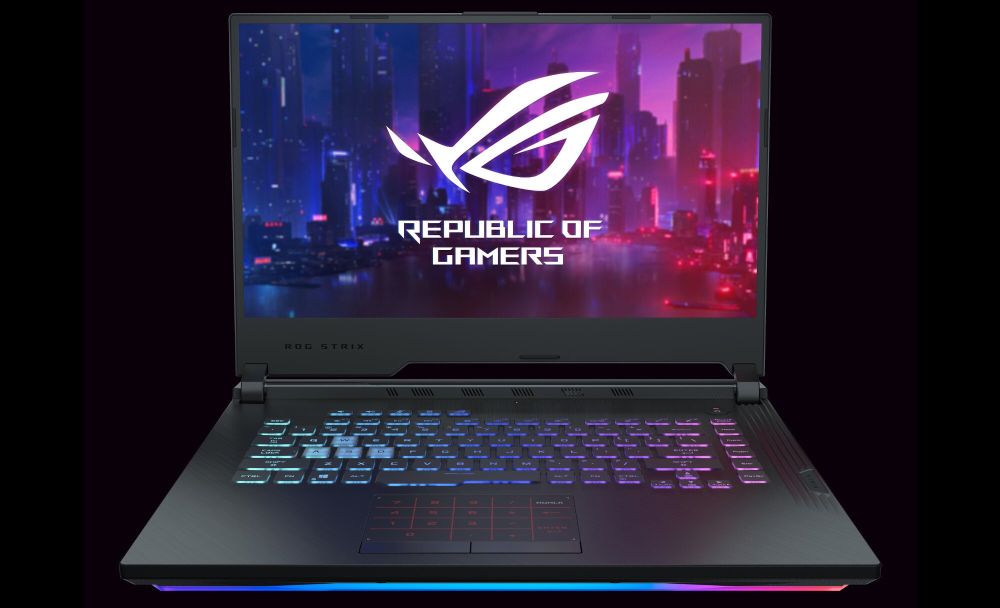
As always, it’s not surprising that one of the FX505D’s rival would come from within its own family. A member of the ROG Strix lineup that made its debut at Computex 2019, the Strix G is a more affordable alternative to the more powerful HERO III and SCAR III variants.
At a starting SRP of RM3499, it’s slightly pricier than the FX505D, and the CPU option is limited to either an Intel Core i5-9300H or Core i7-9750H. It also comes with up to 8GB DDR4-2666MHz out of the box, but unlike the FX505D, the first RAM slot isn’t soldered and can be maxed out to 32GB.
GPU options for the Strix G are limited to either an NVIDIA GeForce GTX 1050, GTX 1650, or GTX 1660 Ti, but consumers do have a choice between two Full HD display sizes: 15.6-inch or 17.3-inch. As an extra added bonus, they also come with the option of high refresh rates; the 15.6-inch variant’s display can have a maximum refresh rate of 120Hz, while the 17.3-inch version is rated at 144Hz.
Acer Nitro 5
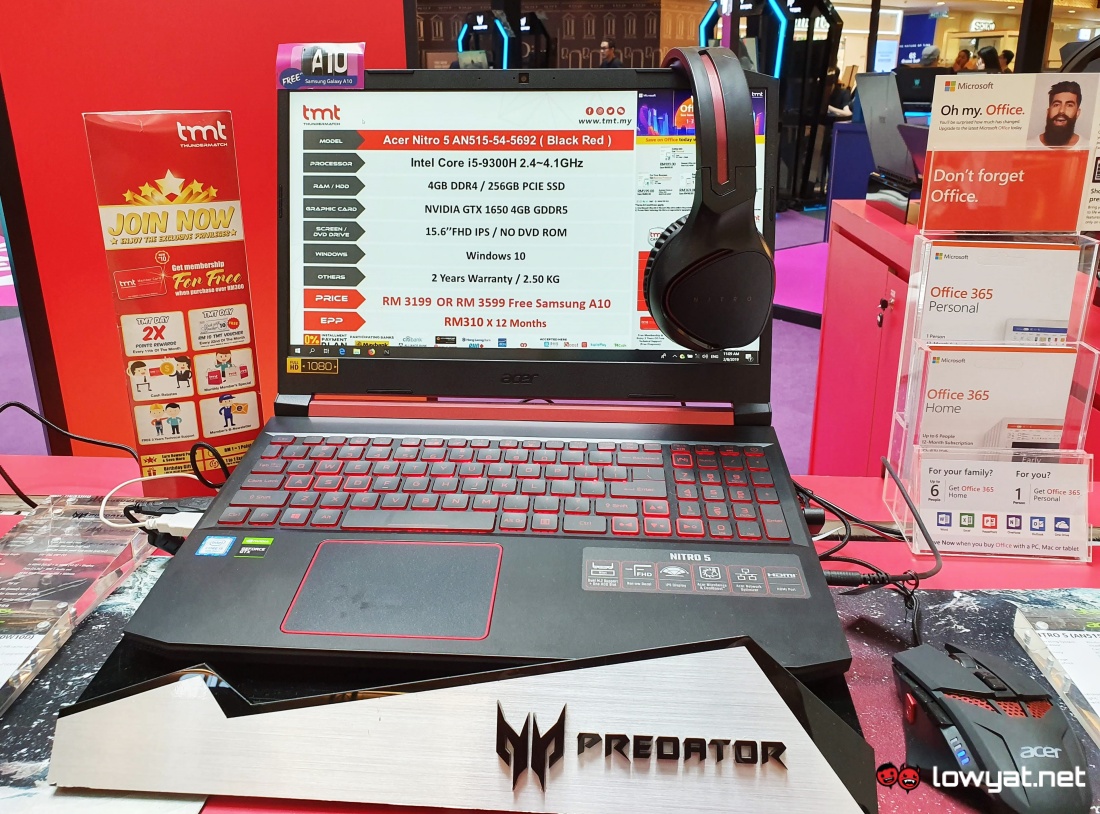
The Acer Nitro 5 finds itself on the list not just because of its starting price point, but also by virtue of being one of the few brands that ships out gaming notebooks fitted sporting a full AMD Ryzen and Radeon ensemble.
For RM2699, the top-of-the-line, AMD-centric variant of the Nitro 5 only offers a Ryzen 5-3550H CPU, 4GB DDR4 RAM, a Radeon RX 560X discrete GPU, 15.6-inch Full HD display, and a 512GB NVMe SSD.
Of course, if you’re not particular about the CPU and you still want Acer’s best in the Nitro 5, the notebook is also available with an Intel Core i7-9750H CPU, an NVIDIA GeForce GTX 1650 GPU, 8GB DDR4 RAM, but a smaller 256GB NVMe SSD.
Conclusion
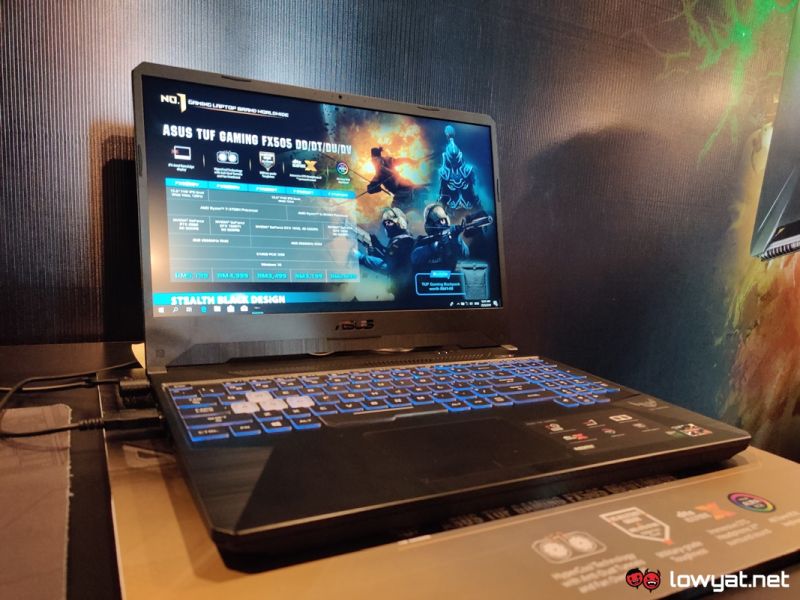
From my time with it, the ASUS TUF Gaming FX505D is clearly no slouch in the gaming department. It’s also unique in its own way, being one of the only gaming notebooks on the market to be powered by AMD’s 3rd generation Ryzen mobile CPUs. As well as having game-centric accoutrements such as a 120Hz refresh rate Full HD display, all-zone RGB lighting, and the option to have an NVIDIA GeForce RTX series GPU fitted into the system.
Again, what I find weird about my review unit is the “hodge-podge” nature of it all; the 120Hz refresh rate is only found in the top-tier variant of the FX505D, and that variant is the only SKU to house a GeForce RTX 2060. That said, if you plan on purchasing this variant, it’ll set you back RM5199, which is still quite reasonable, considering what you’re getting.
Follow us on Instagram, Facebook, Twitter or Telegram for more updates and breaking news.



